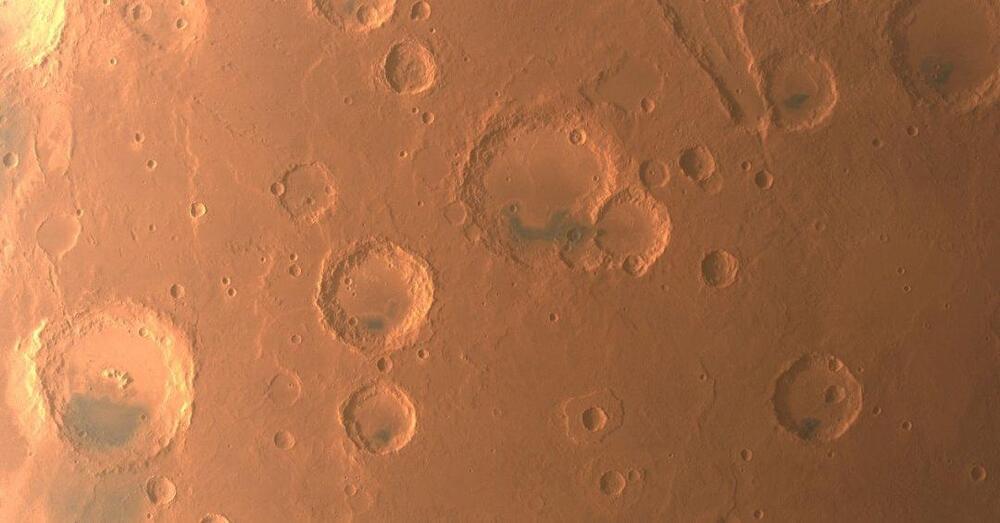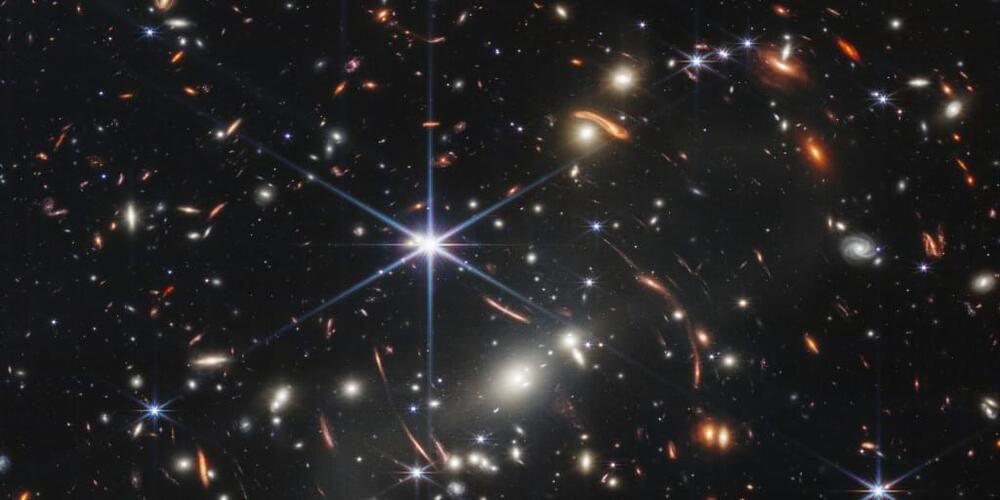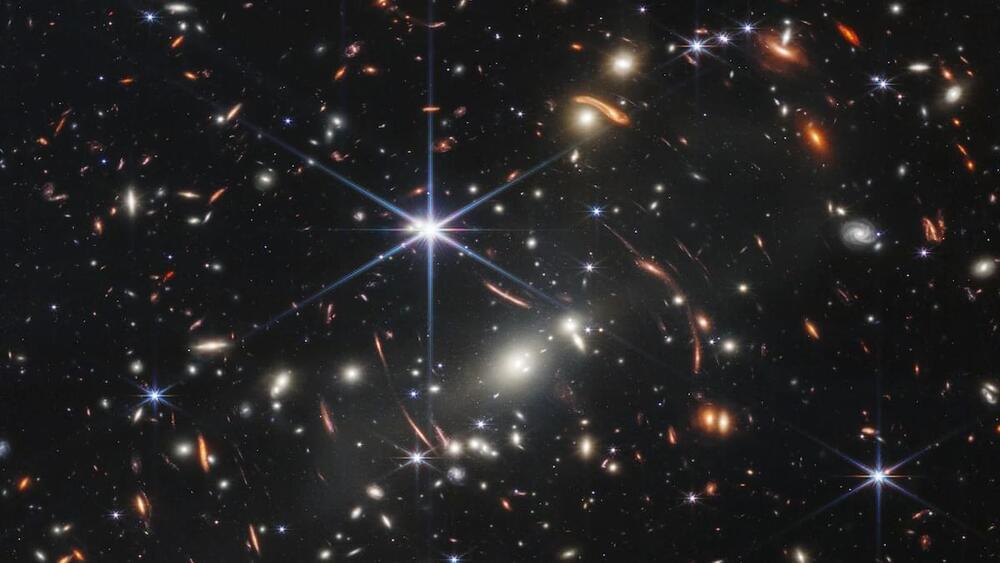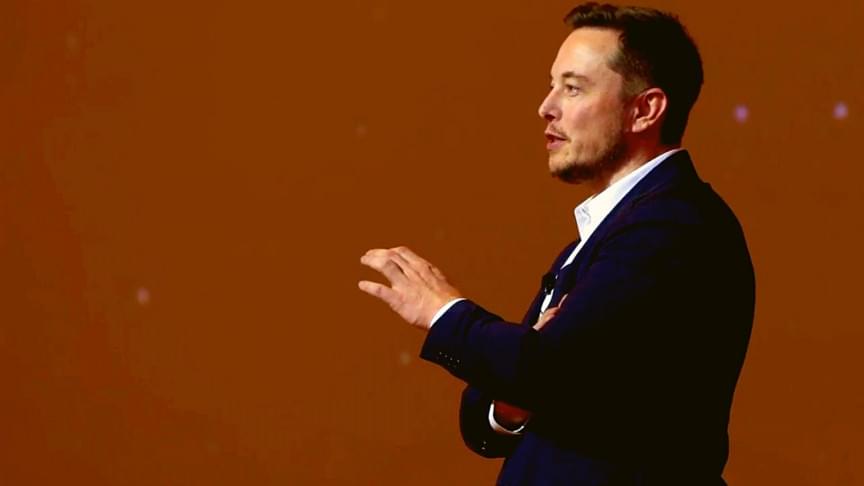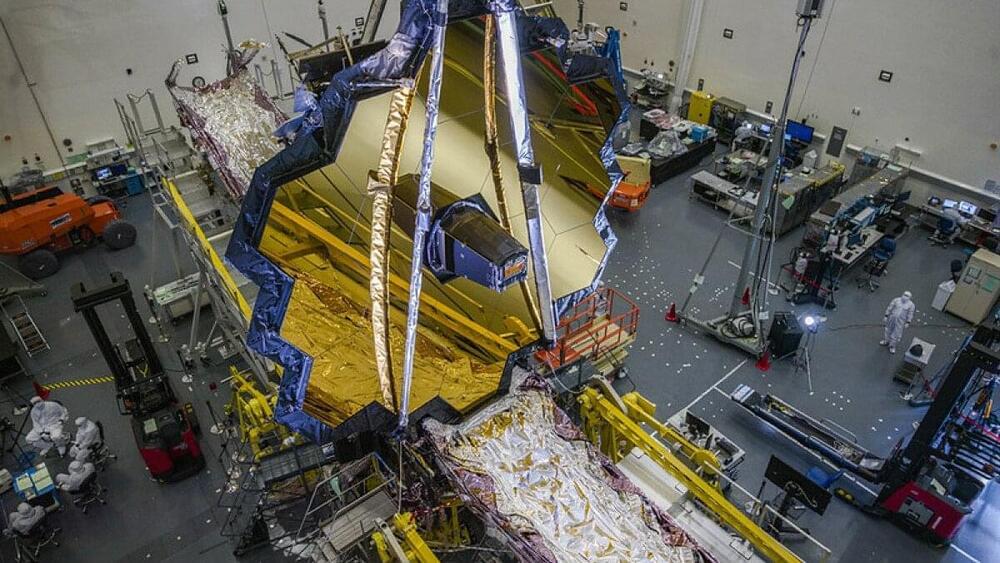BEIJING, June 29 (Reuters) — An uncrewed Chinese spacecraft has acquired imagery data covering all of Mars, including visuals of its south pole, after circling the planet more than 1,300 times since early last year, state media reported on Wednesday.
China’s Tianwen-1 successfully reached the Red Planet in February 2021 on the country’s inaugural mission there. A robotic rover has since been deployed on the surface as an orbiter surveyed the planet from space.
Among the images taken from space were China’s first photographs of the Martian south pole, where almost all of the planet’s water resources are locked.
